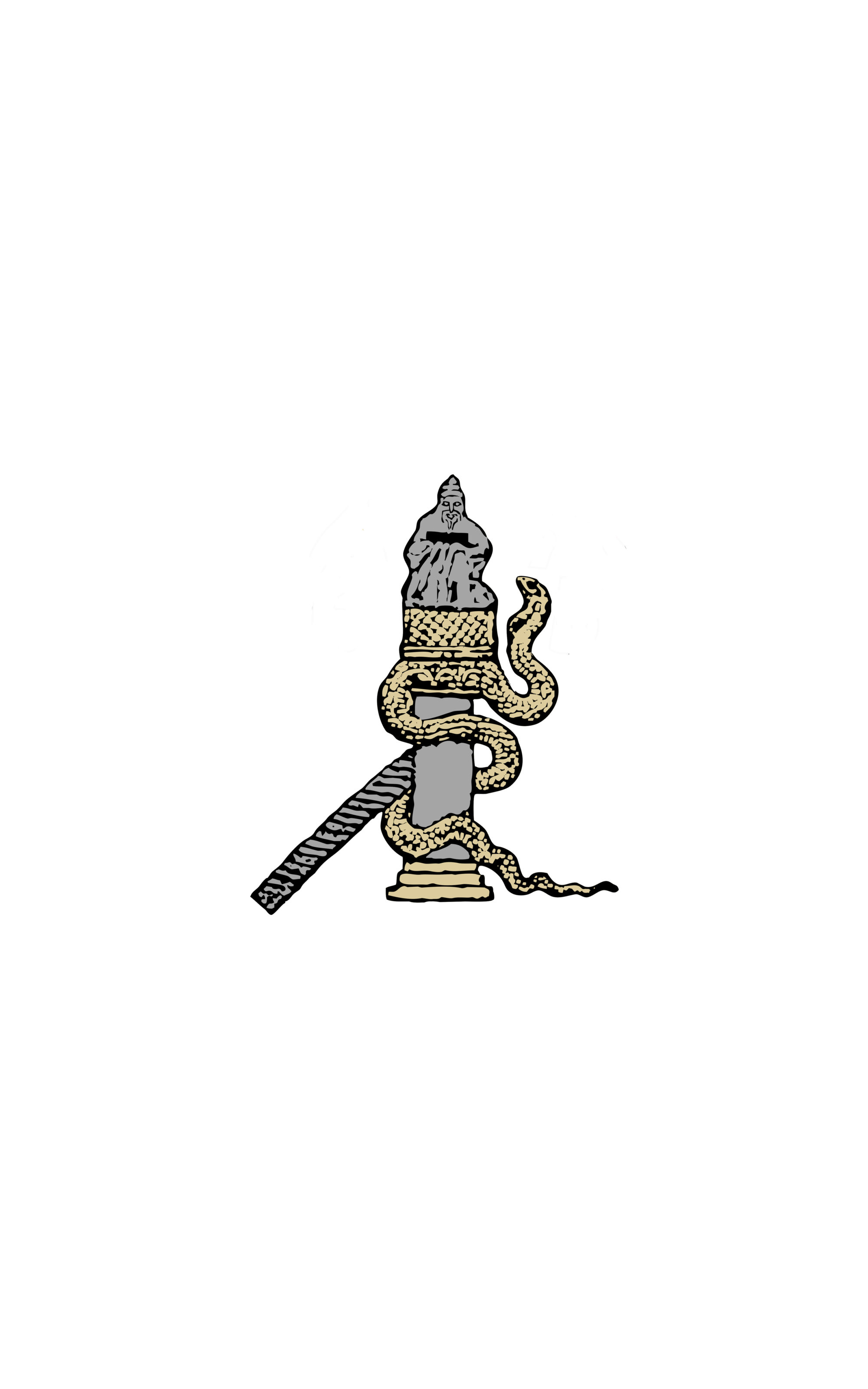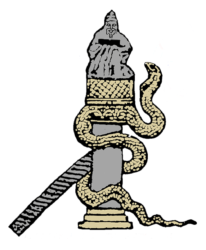The aenigmatic scribe Ioannikios (XIIth C.) revisited
Ilias Nesseris, Université de Ioannina.
THE EXISTENCE OF A HOSPITABLE ENVIRONMENT is without doubt one of the staple prerequisites for the sustenance and development of any kind of intellectual activities. Constantinople in the twelfth century, esp. during the Comnenian era, did indeed provide such a suitable background, which facilitated the prosperity of education. This is very well demonstrated by the operation of many schools of elementary and higher education, the teaching activities of many distinguished scholars (such as Theodore Prodromus or Eustathius of Thessalonica) and the existence of literary theatra. This rich milieu of the capital enabled and provided a vivid market for the copying and circulation of books, and therefore a number of individual scribes as well as scriptoria are attested. In fact, one of the most prolific scriptoria of this period was the one directed by the monk Ioannikios. Although he was initially placed in the fourteenth century by A.M. Bandini –a view later followed by others– it was aptly proven by Nigel G. Wilson on the basis of palaeographical grounds that Ioannikios was to be dated two centuries earlier. More than twenty-five manuscripts come from his scriptorium, most of them in fact from his own hand, and the number keeps rising in the last years, as more and more codices have been ascribed to him. What is very interesting is that the content of these manuscripts is mainly secular (Homer and the tragics, though Aristotle and Galen are predominant). Modern research has mainly focused on the copying activities of Ioannikios, while not so many aspects of his aenigmatic figure have been yet fully explored. With the present paper we aspire to bring forth more concrete evidence about his work and his identity.

